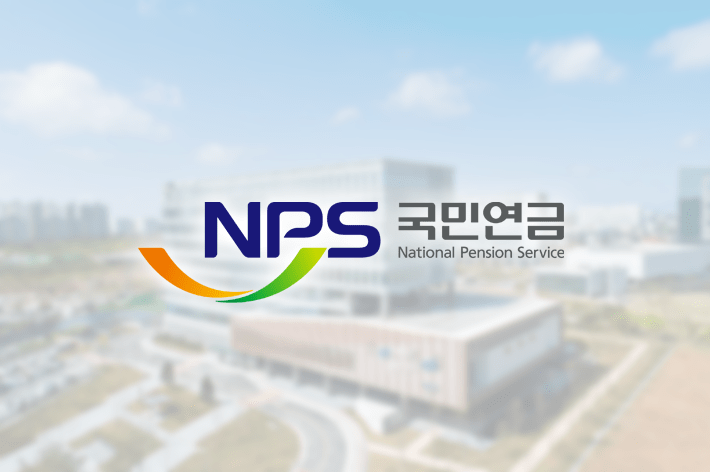North Korea is focusing on strengthening its drone capabilities to overcome its traditional inferiority in aerial warfare. Recently, Chairman Kim Jong-un personally observed performance tests of AI-equipped suicide drones and airborne early warning and control (AEW&C) aircraft, emphasizing the importance of unmanned combat systems.

For a long time, North Korea has shown weaknesses in air power due to its aging fighter jets and limited airborne early warning capabilities. To overcome these limitations, the country is enhancing its asymmetric capabilities centered around suicide drones and reconnaissance UAVs. Notably, a recently unveiled large drone drew attention for its appearance resembling the U.S. Global Hawk (RQ-4).
Behind these developments lies military cooperation with Russia. South Korea’s National Intelligence Service reported that North Korean troops dispatched to the war in Ukraine have received training on drone operation and tactics from Russia. It is also reported that North Korea and Russia have agreed to jointly develop and mass-produce various types of drones with Russian technological support.
Drones are low-cost and high-efficiency weapons, making them a realistic option for North Korea given its limited resources and technological capacity. Suicide drones, in particular, are difficult to detect and capable of precision strikes, allowing them to bypass traditional air defense systems. North Korea is accelerating efforts to establish a mass-production system for such drones, which is emerging as a new threat to the security landscape on the Korean Peninsula.
Experts view North Korea’s strengthening of its drone capabilities not just as weapons development but as a strategic move to gain dominance on future battlefields. Especially with the experience and technology gained through cooperation with Russia, there are concerns that North Korea may use drones to disrupt South Korea’s air defenses or strike key facilities.

Meanwhile, North Korea is also working on the development of AEW&C aircraft. A recently released photo showed what appears to be a modified Russian IL-76 transport aircraft, interpreted as part of North Korea’s efforts to enhance its aerial surveillance capabilities.
These developments are introducing new variables to the security dynamics on the Korean Peninsula. There is a growing need for South Korea to accelerate the establishment of low-altitude air defense networks and the development of drone detection and interception technologies in response to North Korea’s enhanced drone capabilities.
North Korea’s strategy to strengthen its asymmetric capabilities has the potential to alter the existing military balance, and close monitoring and counter-strategies are required.






